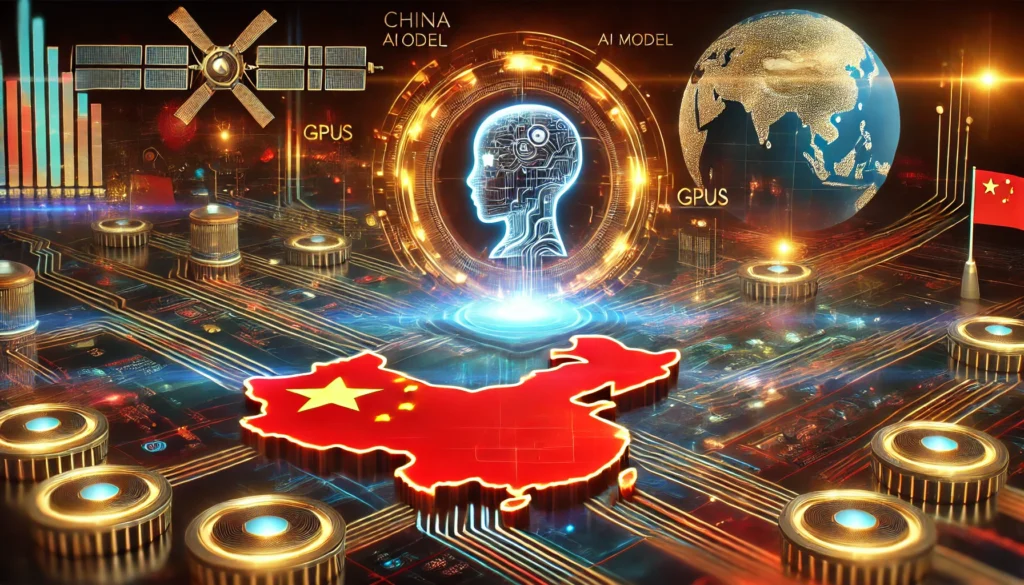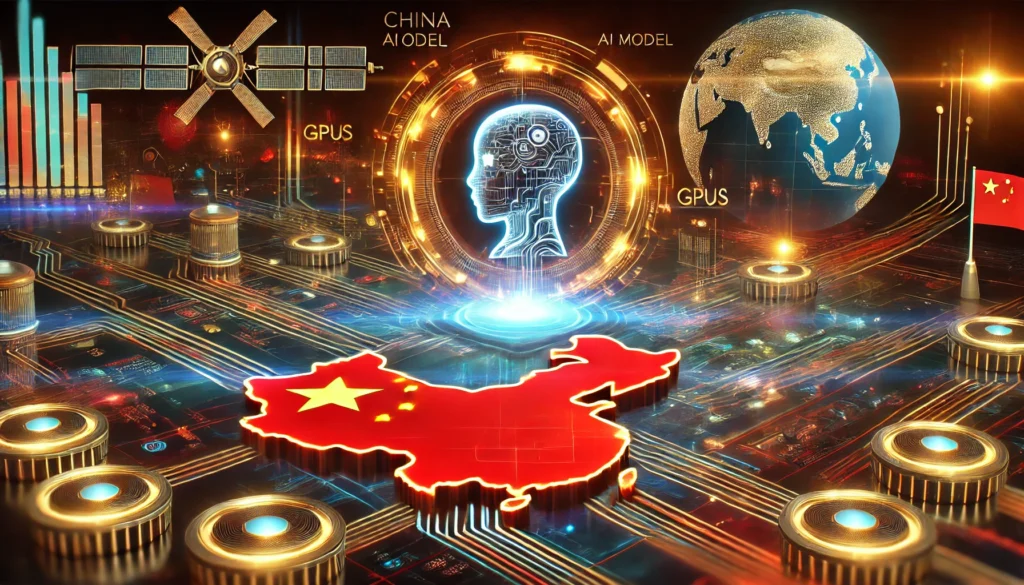A Chinese AI model developed by DeepSeek, a startup based in Hangzhou, has sent shockwaves through the U.S. AI industry. The model not only outperformed some of OpenAI’s most advanced systems but also surpassed ChatGPT as the top iOS app and emerged as a key player in open-source AI tools, displacing Meta. These developments have raised an urgent question: despite U.S. sanctions restricting China’s access to cutting-edge semiconductors, is China narrowing the AI gap with the United States?
DeepSeek’s recently unveiled R1 model, reportedly trained at a cost of just $6 million, achieved performance levels comparable to OpenAI’s o1 model, a product of billions in investments by OpenAI and Microsoft. Additionally, R1 is significantly cheaper for users—its most advanced version costs 95% less than competing models. This has unnerved U.S. investors, causing a selloff in tech stocks early this week.
Skeptics in the U.S. AI community have questioned DeepSeek’s claims about its training costs and hardware resources. However, the model’s capabilities are difficult to deny. Prominent venture capitalist Marc Andreessen described R1 as “AI’s Sputnik moment,” likening it to the Cold War era when the Soviet Union’s satellite launch took the U.S. by surprise.
What is DeepSeek?
DeepSeek, founded less than two years ago by the Chinese hedge fund High Flyer, aims to achieve Artificial General Intelligence (AGI). The company gained attention in late 2024 with the release of its v3 model, which outperformed Meta’s open-source models and rivaled OpenAI’s GPT4-o. According to CEO Liang Wenfeng, DeepSeek attracts young researchers with the goal of solving “the hardest questions in the world,” prioritizing breakthroughs over profit.
DeepSeek’s models are also notably efficient, sparking a price war within China’s AI industry in 2024, with competitors forced to lower their prices. This year, the competition is poised to extend beyond Chinese borders.
However, DeepSeek operates under China’s regulatory constraints. For instance, R1 refuses to discuss politically sensitive topics like the 1989 Tiananmen Square events. When asked, it responds with, “Sorry, that’s beyond my current scope. Let’s talk about something else.”
Implications for U.S. Tech Giants
DeepSeek’s achievements challenge the notion that AI breakthroughs require enormous financial and hardware resources. With companies like Meta planning to spend $65 billion on AI infrastructure in 2025, DeepSeek’s success with a fraction of that budget has forced the U.S. tech industry to reevaluate its strategies. Meta has reportedly established multiple task forces to analyze DeepSeek’s methods, hoping to glean insights for improving its own AI models.
The financial markets reacted strongly to these developments. Nvidia’s stock price plunged by 15% amid fears that training powerful AI models may not require as many advanced chips as previously believed. Other tech stocks also experienced declines, raising concerns about shrinking margins and reduced investment incentives.
Although OpenAI’s o1 Pro remains the most advanced AI model, R1’s performance suggests that China’s AI industry is much closer to parity with the U.S. than anticipated. Moreover, DeepSeek’s pricing strategy—charging just $2.19 per million tokens compared to OpenAI’s $60—could erode the profitability of U.S. companies.

Concerns About Transparency
DeepSeek’s rise has also sparked doubts about its claims. While the company states it trained R1 with only 2,000 mid-tier Nvidia chips, some experts believe its resources are significantly larger. Scale AI CEO Alexandr Wang recently suggested that DeepSeek might have access to tens of thousands of high-end Nvidia H100 GPUs, which would represent a massive, undisclosed allocation.
The Chinese government’s support for DeepSeek appears substantial. CEO Liang recently met with Premier Li Qiang to discuss resource allocation, emphasizing that DeepSeek could achieve even more with greater access to advanced chips. This has raised concerns about how China’s state-backed approach to AI could further amplify its capabilities.
A New Era in AI Competition
DeepSeek’s R1 model demonstrates a shift in AI development strategies. Instead of relying solely on massive hardware scaling during training, the model uses more computational power during problem-solving—referred to as “test-time compute.” This new paradigm could accelerate the emergence of advanced AI capabilities with fewer resources.
The implications are significant. Some researchers have compared R1’s approach to breakthroughs like DeepMind’s AlphaZero, which mastered complex games without human training data. By enabling the model to develop reasoning skills autonomously, DeepSeek has opened the door to faster AI advancements with less human intervention.
While the U.S. remains a leader in AI development, DeepSeek’s achievements suggest a shift toward a more multipolar AI landscape, where several nations compete for technological supremacy. Navigating this new reality will require strategic planning, collaboration, and continued innovation.
Source: https://time.com/7210296/chinese-ai-company-deepseek-stuns-american-ai-industry/


